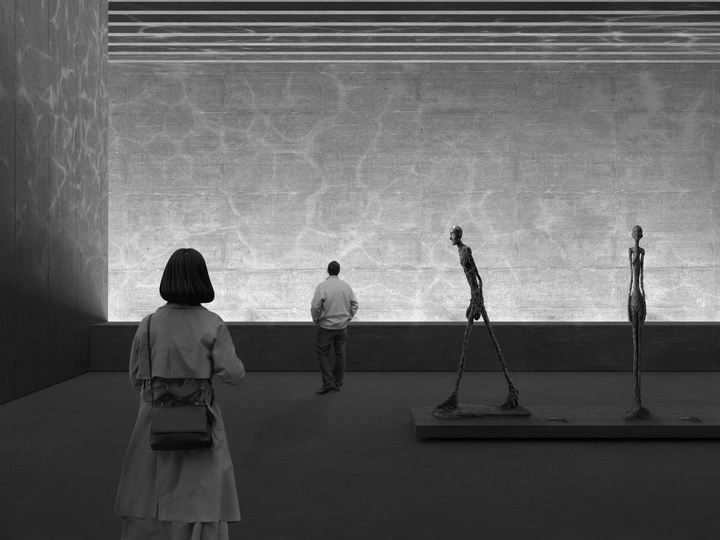WATER-MINE

Giorgio Lana
Davide Filipi and Giorgio Lana both graduated in 2024 from the University of Ferrara, presenting a thesis entitled “Water-Mine”, which received multiple awards: Parco Geominerario 2024, Domus Restauro 2024, Fabrizio Vescovo 2025, was shortlisted for the EUmies Awards Young Talent 2025, and is currently on display at the 19th Venice Architecture Biennale, exhibited at Palazzo Mora and within the Italian Pavilion at the Tese of the Arsenale.
Between 2022 and 2023, both were collaborators in the research units of the University of Ferrara, working within the ArcDes Research Center (Development of integrated Architectural Design. Programs for City, Environment, Landscape) through FAR 2022 funding under the thematic area “Methods and strategies for the analysis and enhancement of territories, urban areas, and architectural complexes”.
Their contribution was also supported by the Municipality of Sappada as part of a research initiative entrusted to CFR, entitled Strategic Plan for the Sustainable Development of the Territory of Sappada.
Team: A. Massarente (Scientific Coordinator), A. Tessari (Project Curator and Coordinator), K. Cavallari Rodrigues, E. Guidetti, S. Melinato.
The research was awarded First Prize at NuovaPA FVG 2024, Udine, April 9, 2024. Results published in:Tessari, Alessandro (ed.), "Toward a Sustainable Future", ArchDesPress, Ferrara, 2025. [ISBN 978-88-99897-04-8]
Between 2024 and 2025, Davide Filipi was awarded a scholarship for the postgraduate program “Architecture for Landscape” at YACademy, Bologna, and is currently a collaborator at SANAA, the architecture studio founded in Tokyo in 1995 by Kazuyo Sejima and Ryūe Nishizawa.
Giorgio Lana is a PhD candidate (Cycle XL) in Architectural Sciences at the Department of Architecture and Design, Sapienza University of Rome. His research focuses on the theoretical dimensions of architectural design, with particular interest in the relationship between design and post-existence.
WATER-MINE explores the consistency of memory within the architectural discourse on the rehabilitation of former mining sites marked by the persistent presence of industrial archaeology. Within the defined scope of investigation—focused on the washing plant complex (laverie) of Nebida, Sardinia—the regeneration project develops tools such as echoes and resonances, designed to evoke a tangible sense of the current absence of water within the laverie. These structures, once functioning as “water-mines,” harnessed seawater to purify the extracted ore.
Under the broader theme of Designing the Existing, the selection of the site has been consolidated in Sardinia, specifically at the Nebida mining complex. Here lie the remains of monumental hydro-gravimetric washing plants formerly used for the beneficiation of raw minerals extracted from the Sardinian subsoil.
The regeneration project of this mining heritage thus becomes both a warning and a foundation for a historically and architecturally grounded investigation—one capable of integrating the diverse fields of knowledge required to develop a theoretically and practically robust recovery strategy for these structures.
The intent to convey the materiality of an element as immaterial as water is articulated in the project through a vortex of meanings and signifiers, disseminated across the traces of mining remnants. These are reactivated through a series of diffuse interventions—insertions, superimpositions, reflections, demolitions, restorations, and climatic processes—aimed at reestablishing a dialogue between matter and memory, between nature and artificiality, and among time, place, and human.